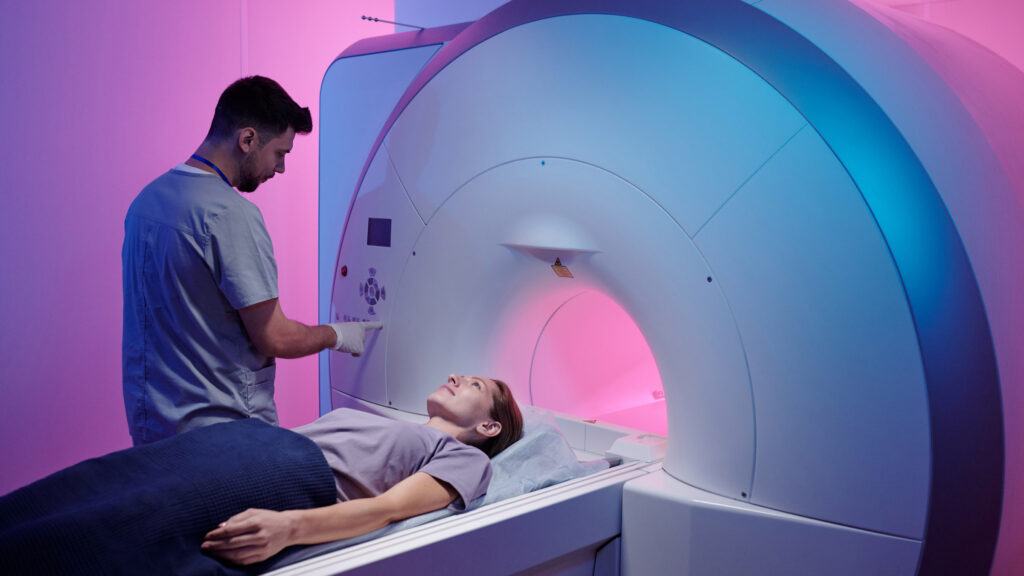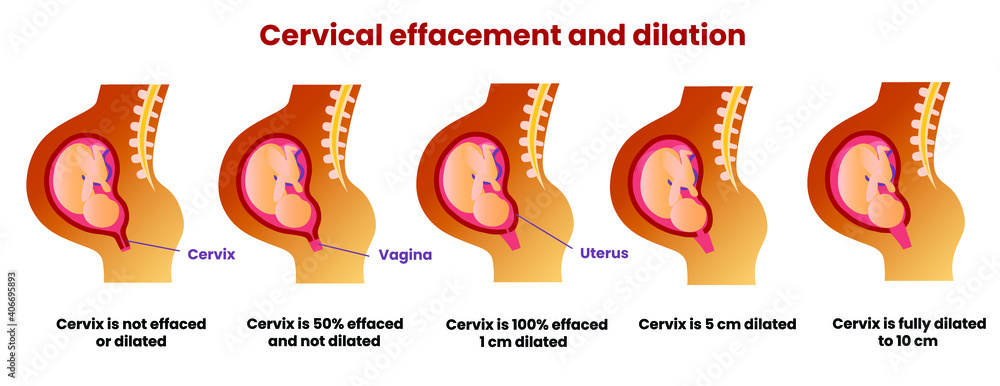Pregnancy is a remarkable journey filled with numerous milestones and moments of anticipation. Along this path, medical imaging techniques can play a crucial role in assessing the health of both the mother and the developing fetus. However, the use of certain imaging methods, such as X-rays, MRIs, CT scans, and ultrasound, during pregnancy requires careful consideration due to potential risks. In this blog post, we’ll delve into the benefits, risks, and appropriateness of these imaging techniques during pregnancy.
Imaging Techniques During Pregnancy
1. X-rays (Radiography) is safe during pregnancy ?

Benefits: X-rays are a commonly used imaging tool that utilizes electromagnetic radiation to create detailed images of internal structures. They are invaluable for diagnosing a range of medical conditions.
Risks: X-rays involve ionizing radiation, which can potentially harm developing cells and increase the risk of birth defects or childhood cancers. However, the doses used in diagnostic imaging are generally considered safe, and the benefits may outweigh the risks in certain medical situations.
Suitability: During pregnancy, it is advisable to avoid X-ray radiation exposure whenever possible. The critical period to avoid X-rays is particularly the first trimester of pregnancy. This is when the developing fetus is most susceptible to the potential harmful effects of ionizing radiation. In the event that a medical circumstance requires an X-ray while pregnant, it is essential to notify your healthcare provider of your pregnancy status. This step ensures that proper precautions are implemented to reduce radiation exposure to the developing fetus. In cases where X-ray imaging is absolutely necessary, the use of lead shielding and precise imaging techniques can help reduce the risks associated with radiation exposure. However, the principle of minimizing any non-essential X-ray exposure during pregnancy remains a key guideline to ensure the safety and well-being of both the mother and the developing fetus. Always consult with your healthcare provider before undergoing any medical procedures, especially those involving radiation, during pregnancy.
2. Magnetic Resonance Imaging (MRI) is safe during pregnancy?

Benefits: MRI uses strong magnetic fields and radio waves to generate detailed images of the body’s internal structures. It doesn’t involve ionizing radiation and is considered safe for non-pregnant individuals.
Risks: Despite the absence of ionizing radiation, MRI during pregnancy is often avoided, particularly during the first trimester. This is largely due to limited research on the safety of strong magnetic fields on developing fetuses.
Suitability: During pregnancy, the considerations are twofold: ensuring the well-being of the mother and minimizing potential risks to the fetus. Maintaining open communication with healthcare professionals is essential for making well-informed choices regarding undergoing an MRI. It’s important to bear in mind that the objective is to find a middle ground between acquiring essential medical insights and ensuring the well-being of both the pregnant mother and the developing fetus. In conclusion, MRI may be considered during pregnancy when the benefits to the mother outweigh potential risks to the fetus. It is generally considered safer in later stages of pregnancy when organ development is mostly complete.
3. Computed Tomography (CT Scan) is safe during pregnancy?
Benefits: CT scans combine X-rays with computer technology to create cross-sectional images of the body. They provide detailed views that can aid in diagnosing complex medical conditions.
Risks: Similar to X-rays, CT scans involve ionizing radiation. The higher doses used in CT scans can pose an increased risk to the developing fetus, especially during the early stages of pregnancy.
Suitability: While CT scans can provide invaluable diagnostic insights, their use during pregnancy requires careful consideration. The potential risks associated with ionizing radiation necessitate a thoughtful approach that prioritizes the health and safety of both the mother and the developing fetus. Alternative imaging methods should be explored whenever feasible, and in cases where a CT scan is necessary, precautions will be taken to minimize risks. The final decision should always be reached through informed dialogue with medical professionals, ensuring the best possible outcome for both the expectant mother and her baby.
4. Ultrasound is safe during pregnancy?

Benefits: Ultrasound is a widely used imaging technique during pregnancy. It uses high-frequency sound waves to create real-time images of the developing fetus and the mother’s reproductive organs. It is non-ionizing and considered safe for both the mother and the fetus.
Risks: Ultrasound is generally considered safe when used by trained healthcare professionals. However, excessive or unnecessary use of ultrasound may lead to localized heating of tissues, which is a concern if the procedure is not performed correctly.
Suitability: Ultrasound is a remarkable tool that enhances the prenatal experience by providing valuable insights into the developing baby’s progress. Its safety, non-invasiveness, and ability to capture real-time images make it an invaluable component of modern obstetric care. By working closely with healthcare professionals and following recommended guidelines for ultrasound examinations, expectant parents can look forward to a well-informed and positive pregnancy journey.
Conclusion
While medical imaging techniques like X-rays, MRIs, CT scans, and ultrasound have revolutionized modern healthcare, their use during pregnancy requires careful consideration. The potential risks to the developing fetus should be weighed against the benefits of obtaining accurate medical information. Whenever possible, alternative imaging methods that carry lower or no risk to the fetus should be explored. The decision to proceed with any imaging procedure during pregnancy should always be made in consultation with healthcare professionals who can provide personalized guidance based on the specific medical circumstances.
Keep in mind that the wellbeing and safety of both the mother and the developing baby take precedence, and decisions made with proper information can result in the most favorable outcomes for both individuals.
Disclaimer: This blog post is meant to provide general information and is not a substitute for professional medical advice. Always consult your healthcare provider before undergoing any medical procedures during pregnancy.


